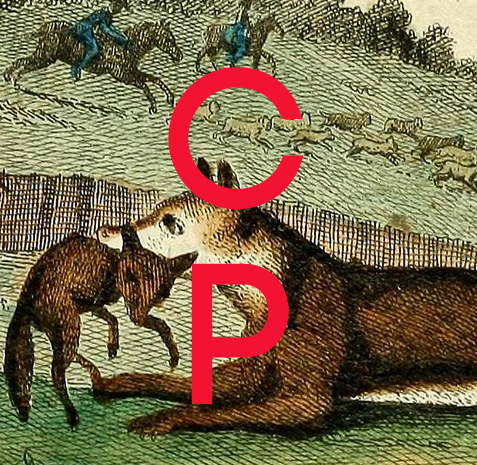SADIE CRIES — PETER J. STAVROS
/Sadie cries when I’m not around, when she thinks I don’t see. But I can always tell all the same, despite her best efforts to compose herself: dabbing her damp eyes with a crumpled tissue, blaming it on allergies (the pollen and the ragweed), inhaling a deep breath through her nose and exhaling through her pursed lips, allowing her unruly chestnut locks to dangle in her face. Sadie doesn’t want me to blame myself, promises that it’s not my fault, and I trust it’s not. Yet I still feel bad about it, and I still feel responsible, because I can’t seem to do anything to help her. No matter what I try.
Sadie cries in the car, running errands, driving to the gym, when she hears a song on the radio, when she notices children waiting on the corner for the school bus. She cries when she passes that billboard on the expressway with the elegant fashion model at some exotic beach, azure sky, wind tousling her hair, with the message You Should Be Here with no indication where Here is or what that billboard advertises. Sadie cries during the evening news, so many people who have it worse than her. She cries when it rains, and she cries when it’s sunny. She cries when she reads the paper, unable to avoid the obituaries—the irony of the smiling, happy pictures of the deceased obviously oblivious when those pictures were taken that they would be used someday to announce their deaths. Sometimes Sadie cries when I call her from work, the most mundane, adding milk to the grocery list or that I saw so-and-so at lunch and they asked about her, just to check how her afternoon is going. I catch it in her voice, a subtle pause, a slight quiver, before she murmurs she has to go and drops off.
Sadie’s been crying for a while, too long, and I fear longer than I realize. But whenever I bring it up, ask her why she’s been crying, why she’s sad, she snaps at me, uncharacteristically, and questions why she needs a reason to be sad, why she needs to explain. Why it isn’t it enough that she’s sad and can’t I leave it at that? And I can, and I do. I leave it at that as I try to understand, because I hate to see Sadie sad, because Sadie deserves to be happy. We all do. So I sidestep the issue, and do whatever I can to take her mind off whatever it is. I pull her closer, and I gaze into her eyes, those beautiful broken blue eyes, and I tell her that I love her, to convince her that I do, and I do. And I hope that helps, and maybe it does, although I can’t seem to do anything to help her, no matter what I try, when Sadie cries.
Peter J. Stavros is a writer in Louisville, Kentucky. His work has appeared in The Saturday Evening Post, The Boston Globe Magazine, The East Bay Review, Hypertext Magazine, Fiction Southeast, Juked, and Literary Orphans, among others. Peter has also had plays produced, including as part of the Festival of Ten at The College at Brockport – SUNY, for which he was named Audience Choice Winner. More can be found at www.peterjstavros.com.




